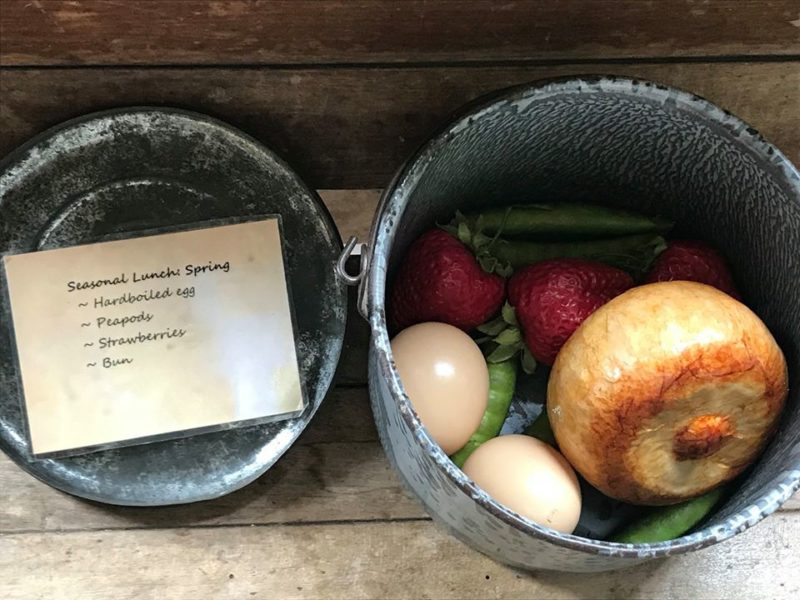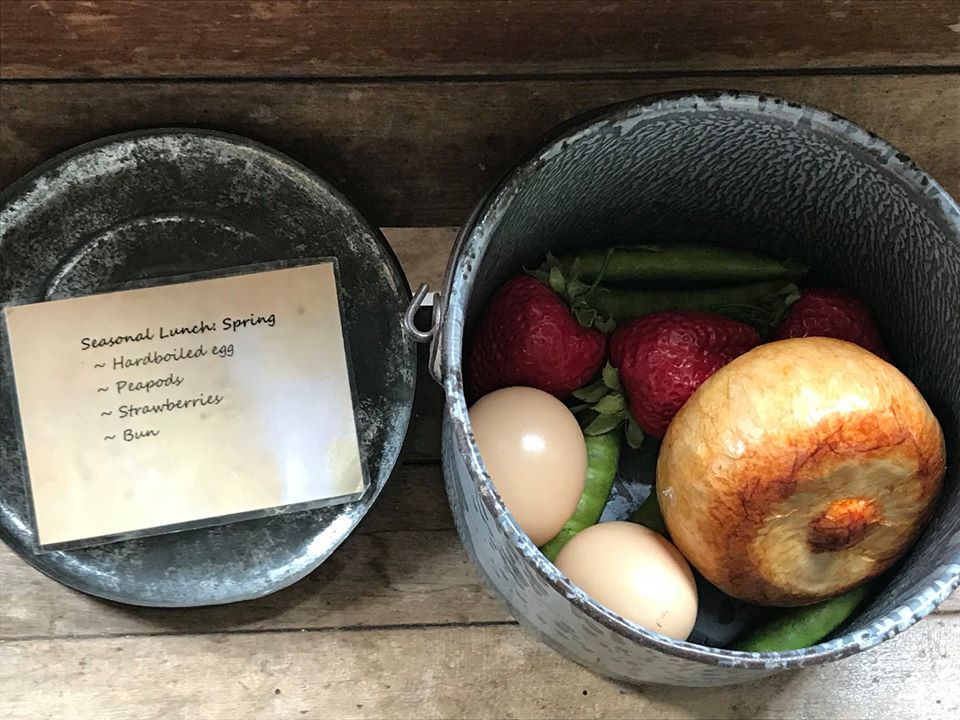What’s For Lunch?
Think about it. Before processed foods became available no one thought to consider whether or not food was safe for consumption. They had no concerns about whether or not produce was sprayed with pesticides or if wheat used to make bread was genetically modified. There was just no question about whether or not food was organic. In addition, food wasn’t wrapped in plastic and it wasn’t microwaved. And no one wore toxic food preparation gloves!
Sound Advice From 100 Years Ago.
An “American Woman’s Cook Book” first published in 1927 stated that “the purpose of food is to satisfy hunger and to give pleasure. After hunger is satisfied, more food is a hindrance to health.” It was also suggested that every meal should be planned to meet first the needs of the youngest and weakest member of the family. Additionally, foods that are good for children are equally good for adults, yet foods considered good for adults may, in fact, be very bad for children. Wow. How far we have come from these wise words.
The Good Old Food Days.
Nearly 64% of the labor force in 1850 were farmers. That’s about 7.6 million farmworkers and families owning farms who tended to eat quite well with a steady diet of vegetables, meat and milk – foods commonly available to them. This meant children got the nutrients they needed for growth and development. However, today there are only about 2.6 million family farmworkers.
Pasture Raised, Grass Fed.
There were an estimated 20 million head of buffalo sharing the western plains with 50 million open range longhorn cattle in the 1850s. Today, pasture-raised means the cattle roamed freely but near the end of its life it was fed grain to create more of the fat marbling that makes the meat more tender. Whereas if meat comes from “grass-fed” cattle it’s a bit more tough but has less fat.
Humanely Produced And Sustainable.
Cattle living on factory farms spend their entire existence in poor living conditions while being pumped with antibiotics and growth hormones. In addition, these farms not only pollute our water and land with chemical fertilizers they also contribute to climate change.
Cleveland Clinic emphasizes searching for meat that is humanely produced and sustainable by looking for 6 or so possible labels on meat packaging: (1) Animal Welfare Approved; (2) Certified Humane; (3) Global Animal Partnership; (4) Food Alliance certified; (5) American Grassfed Association; and (6) USDA Organic.
Speaking Of Organic.
Did you ever wonder who owns organic foods? It’s not very pretty. Thanks to Professor Phil Howard at Michigan State University, you can download a high-resolution copy of the chart. If food is organic, it won’t be sprayed with Monsanto’s RoundUp chemical. But, sadly, it just got harder to avoid Monsanto.
Did you know that Monsanto owns Aunt Jemima, Betty Crocker, Capri Sun, Frito-Lay, Kellogg’s, Pepperidge Farm, Stouffer’s and Healthy Choice? And that’s just the beginning. Scroll down the article to see another 62 companies. No wonder they are so powerful. But let’s stick together and pass the word to boycott their products!
Cheese.
In Rome, New York, Jesse Williams opened the first U.S. cheese factory in 1851. He made cheese from scratch in his factory and you can bet there were no growth hormones added! Today we’re lucky to have the Cornucopia Institute’s “Weighing the Curds” scorecard to rate the quality of cottage cheese and help us to determine if brands have overly processed their cottage cheese, if the product is organic, or if it contains carrageenan. Check your brand out!
Mac And Cheese Without Toxic Chemicals Please.
While still on the topic of cheese, the Ecology Center in Ann Arbor, MI did a study on mac & cheese. Unfortunately, phthalates were found in 29 of 30 mac & cheese products tested. In fact, phthalates were sometimes found at levels more than 4x higher in the fat of the mac & cheese powder than in the fat of natural cheese.
Remember, phthalates are endocrine disruptors – meaning they can mess with the body’s hormonal balances. And who eats the most mac & cheese? Kids. Sign the petition from the Coalition for Safer Food Processing & Packaging to urge Kraft foods to KleanUpKraft.
Lastly, Gloves For Food Handling.
Maybe you use gloves during food preparation at home when handling raw meats. Or perhaps it’s mandatory that you wear them at work. HealthyStuff researched the chemicals found in gloves used by food handlers and you might be surprised at which brands scored the best (and the worst.) Check it out and find something that won’t contaminate the food you are handling, nor pass on toxic chemicals via skin absorption!



